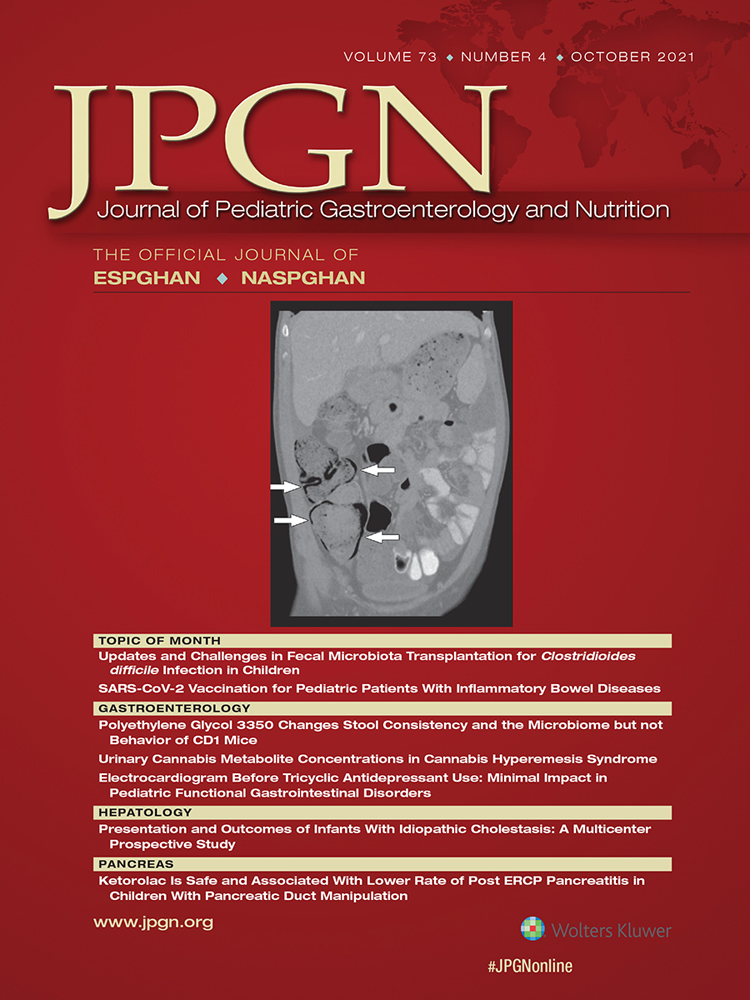Could Commercial Formulations Replace Individualized Prescription in Pediatric Home Parenteral Nutrition?
The authors report conflicts of interest.
ABSTRACT
Objectives:
Standard parenteral nutrition (PN) solutions are safe and can meet the nutritional requirements of a significant number of pediatric patients. However, they may not always be adequate for those on long term PN. We aimed to compare the composition of individually tailored prescriptions in a pediatric population on home PN with that of available commercial PN formulations.
Methods:
Retrospective analysis of the individual prescriptions of metabolically stable pediatric patients on home PN over a 1-year period (March 2019 to March 2020). These were compared with commercially available solutions with electrolytes, and replacement was considered adequate if three successive criteria were met: non-protein calorie to volume ratio (maximum variation 15%); non-protein calorie to nitrogen ratio (NPC:N) (maximum variation either 20% for long term use or 35% for possible short term use); electrolyte concentration (maximum increase 20%).
Results:
Twenty-four patients were included (67% male; median age 7.5 years). The most common diagnosis was short bowel syndrome (58%). Replacement with a standard formulation was considered appropriate for possible short term use (maximum variation of 35% in NPC:N) in 16 (67%) patients and for long term use (maximum variation of 20% in NPC:N), the number of patients decreased to 10 (42%).
Conclusions:
Standard PN solutions can be adequate for a significant proportion of pediatric patients on home PN. Their use in the short term may also be appropriate in holiday periods or in settings of limited resources or restricted access to hospital facilities, such as those imposed by the COVID-19 pandemic.




